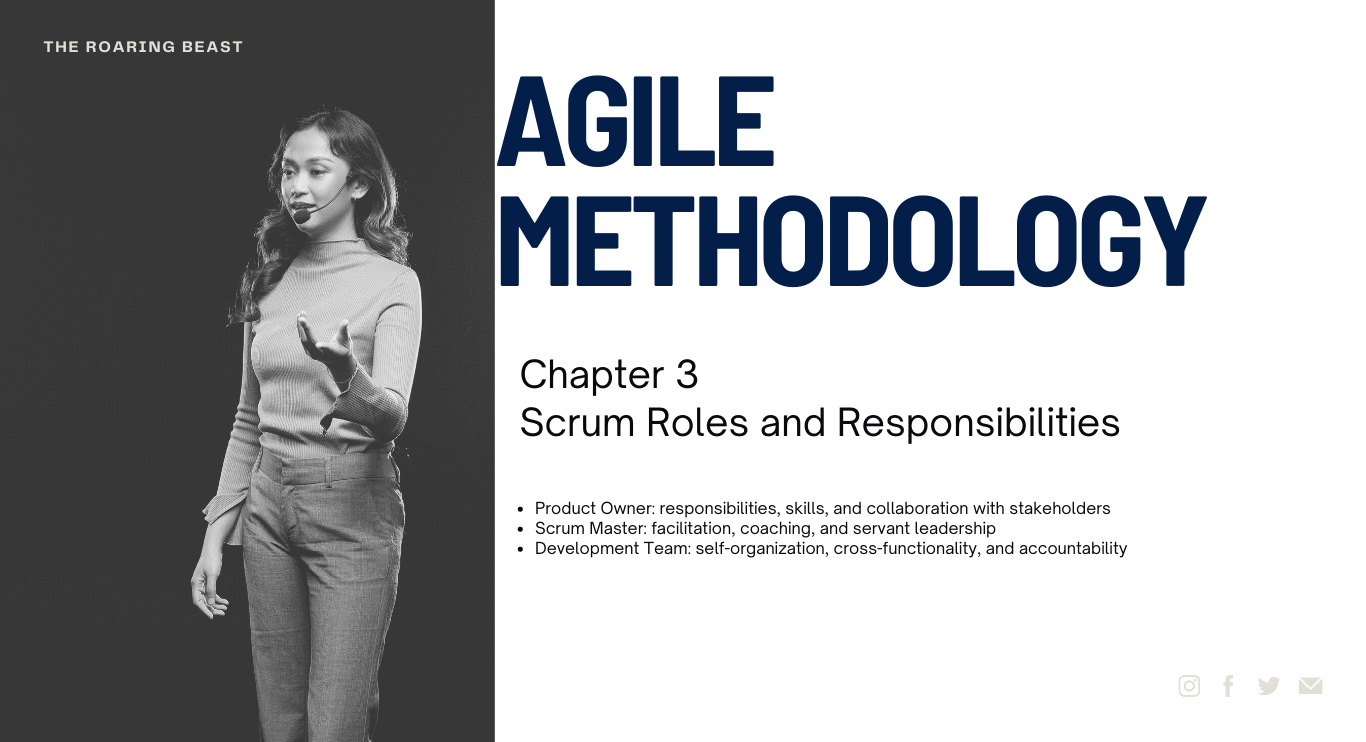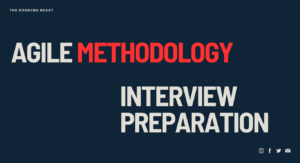The Product Owner plays a critical role in the Scrum framework, representing the interests of stakeholders and ensuring the development of a valuable product. Let’s explore the responsibilities, skills, and collaboration aspects of the Product Owner:
Responsibilities:
- Product Vision: The Product Owner is responsible for creating and communicating a clear product vision to the Scrum Team and stakeholders. The vision guides the direction and purpose of the product.
- Sprint Planning: The Product Owner participates in Sprint Planning to provide insights into the product vision, help the Development Team understand the requirements, and collaborate on selecting the items for the upcoming sprint.
- Acceptance of Work Results: The Product Owner reviews and accepts or rejects the completed work items during the Sprint Review, ensuring they meet the Definition of Done and fulfill the stakeholders’ expectations.
- Stakeholder Collaboration: The Product Owner acts as a liaison between the Scrum Team and stakeholders, engaging in continuous collaboration to gather feedback, refine requirements, and ensure the product’s alignment with stakeholder needs.
- Product Backlog Management: The Product Owner is accountable for managing the Product Backlog, which includes:
- Gathering requirements: Collaborating with stakeholders to understand their needs, prioritize features, and define user stories.
- Prioritization: Ordering the Product Backlog items based on value, considering the stakeholders’ feedback, market trends, and business objectives.
- Refinement: Ensuring that the Product Backlog is well-defined, actionable, and estimable by collaborating with the Scrum Team in backlog refinement sessions.
Skills:
- Domain Knowledge: The Product Owner should have a deep understanding of the product domain, the market, and the needs of the end-users. This knowledge enables effective decision-making and prioritization.
- Communication: Strong communication skills are essential for the Product Owner to articulate the product vision, collaborate with stakeholders, and convey requirements and priorities to the Scrum Team.
- Leadership: The Product Owner needs to exhibit leadership qualities, guiding the product development process, making informed decisions, and fostering a shared understanding within the Scrum Team and with stakeholders.
- Prioritization and Decision-making: The Product Owner must have the ability to make informed decisions and prioritize the Product Backlog items based on business value, market conditions, stakeholder needs, and other relevant factors.
Collaboration with Stakeholders:
- Gathering Feedback: The Product Owner actively seeks feedback from stakeholders, customers, and users to understand their needs, validate assumptions, and incorporate their perspectives into the product development process.
- Stakeholder Engagement: The Product Owner collaborates with stakeholders to ensure their involvement throughout the project, soliciting their input, providing updates, and managing expectations.
- Requirement Refinement: The Product Owner engages with stakeholders to refine and clarify requirements, seeking their insights and input to ensure the Product Backlog items accurately represent the desired functionality.
- Prioritization Alignment: The Product Owner works closely with stakeholders to align the priorities of the Product Backlog with business goals, customer expectations, and market demands.
Effective collaboration with stakeholders allows the Product Owner to gain a comprehensive understanding of their needs, ensure the development of a valuable product, and foster a strong relationship between the Scrum Team and the stakeholders.

